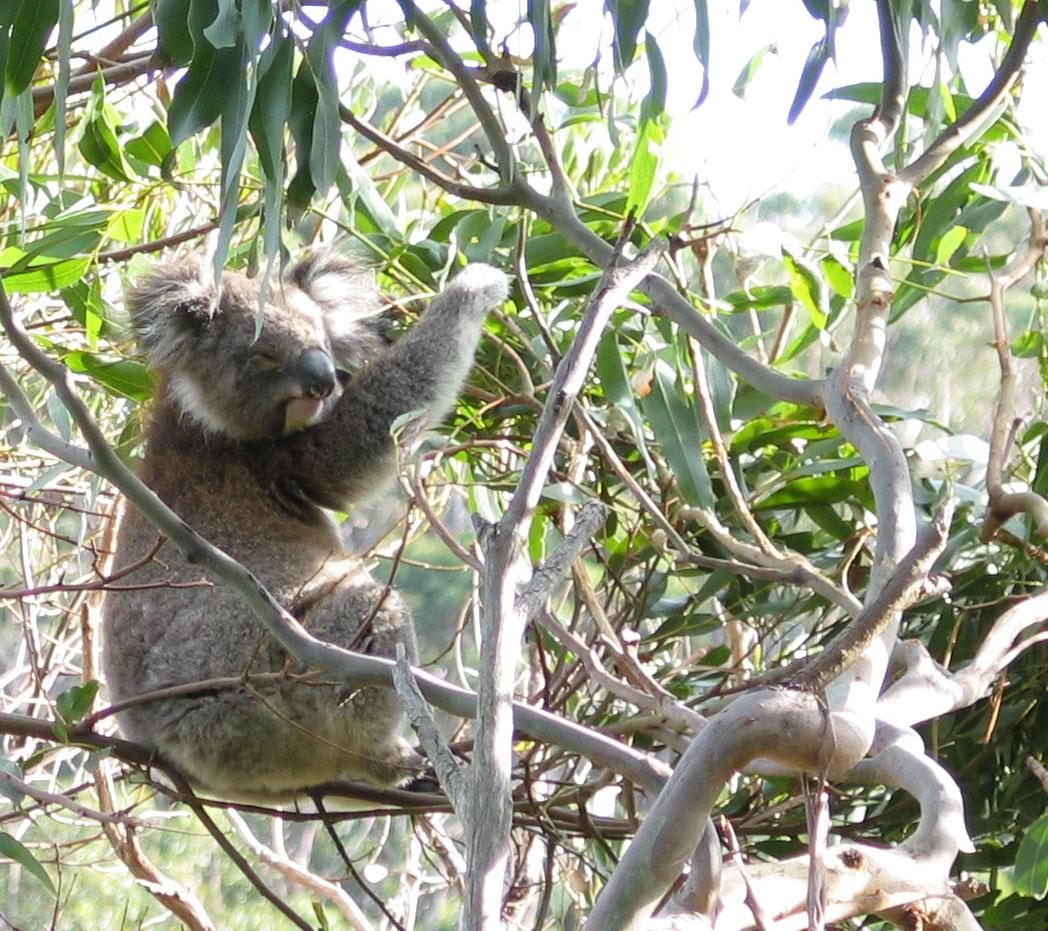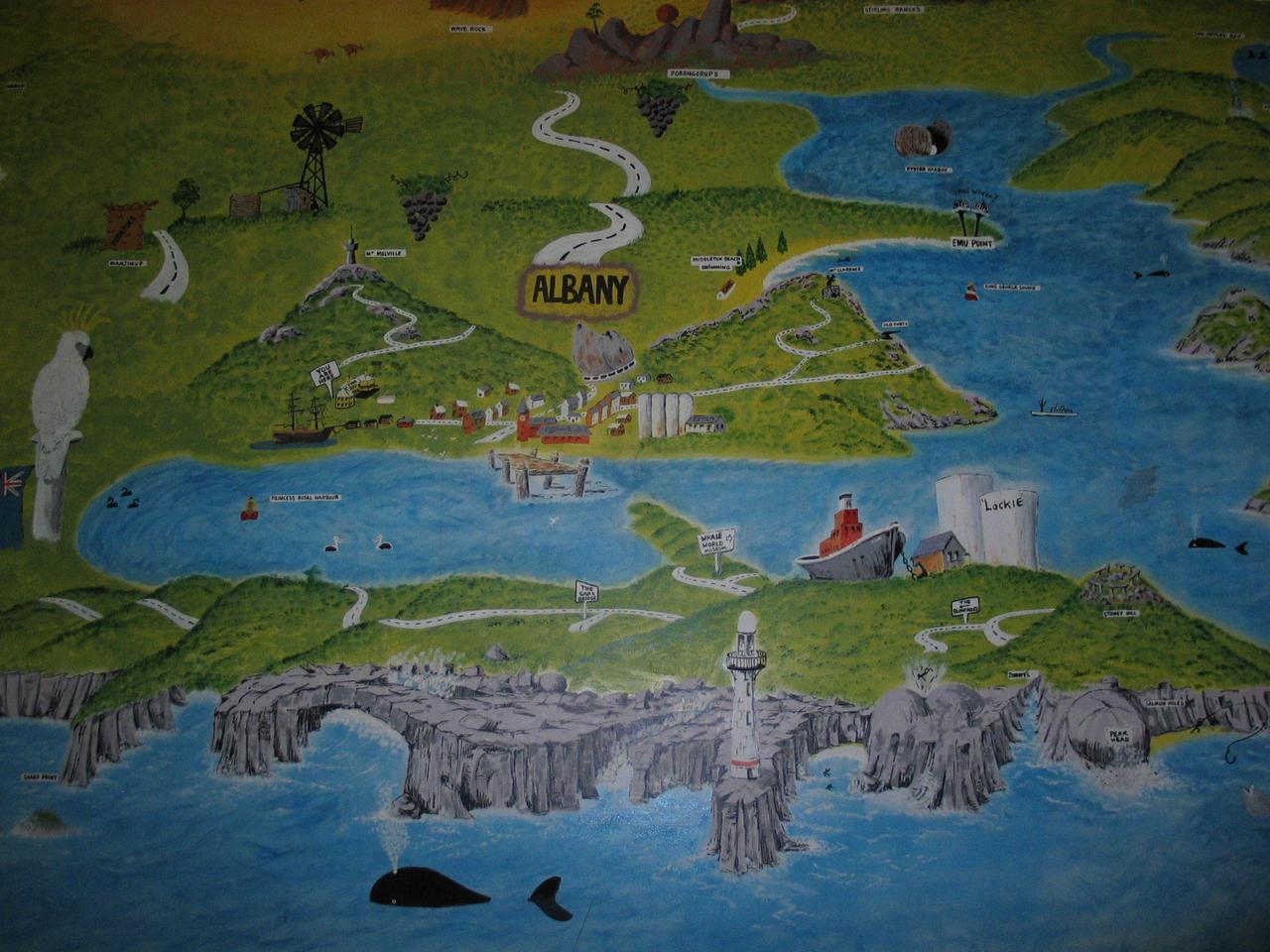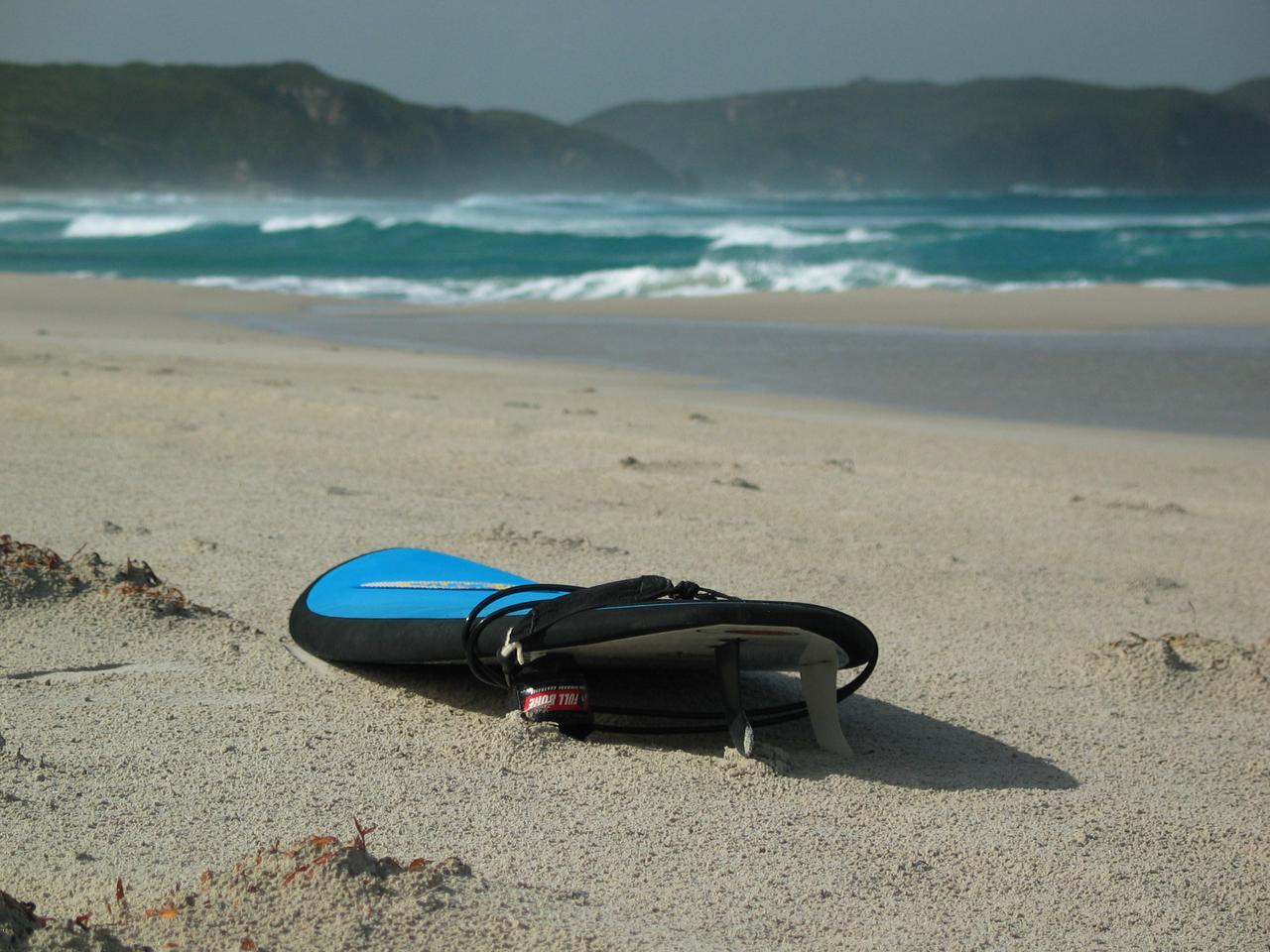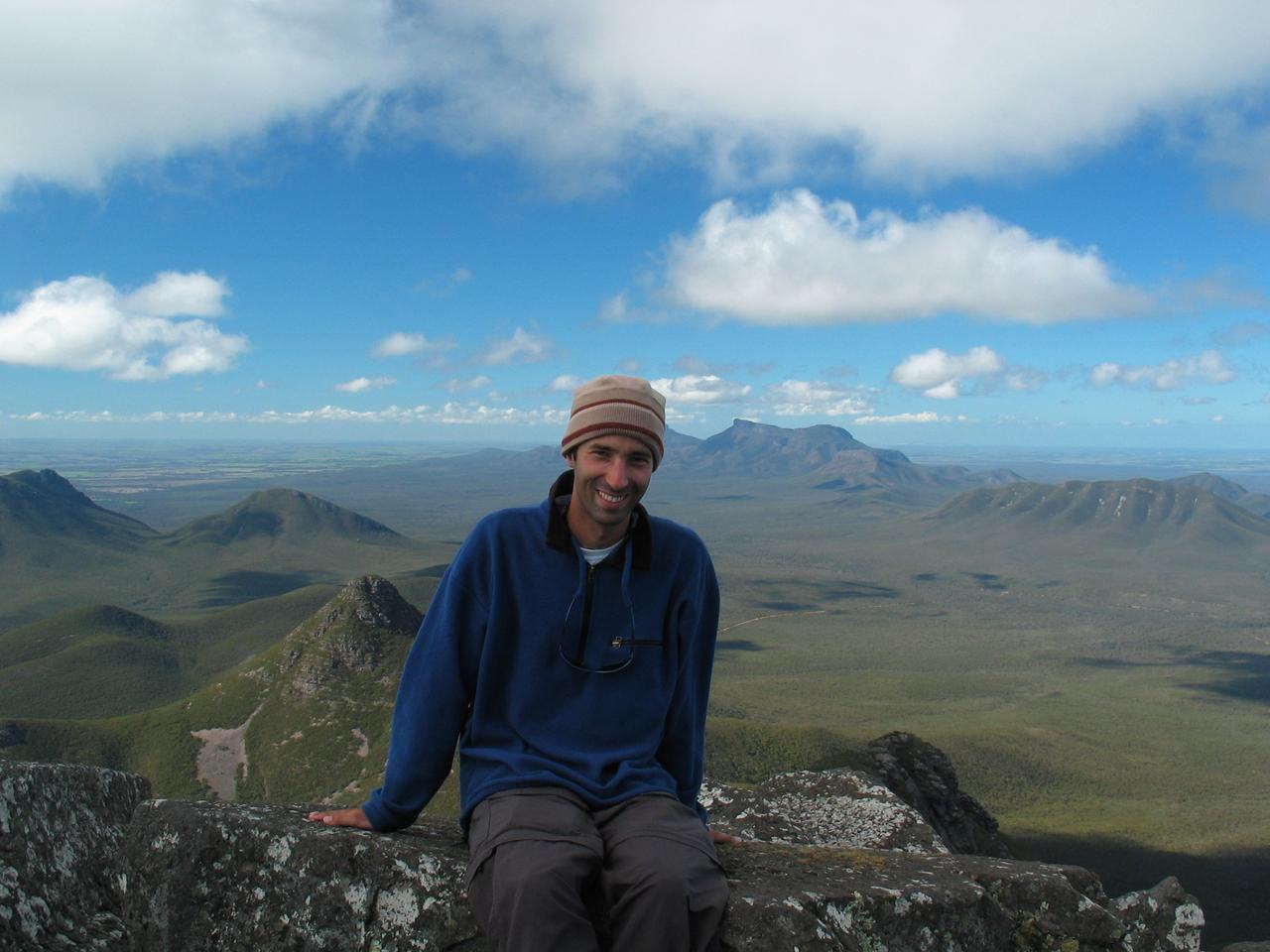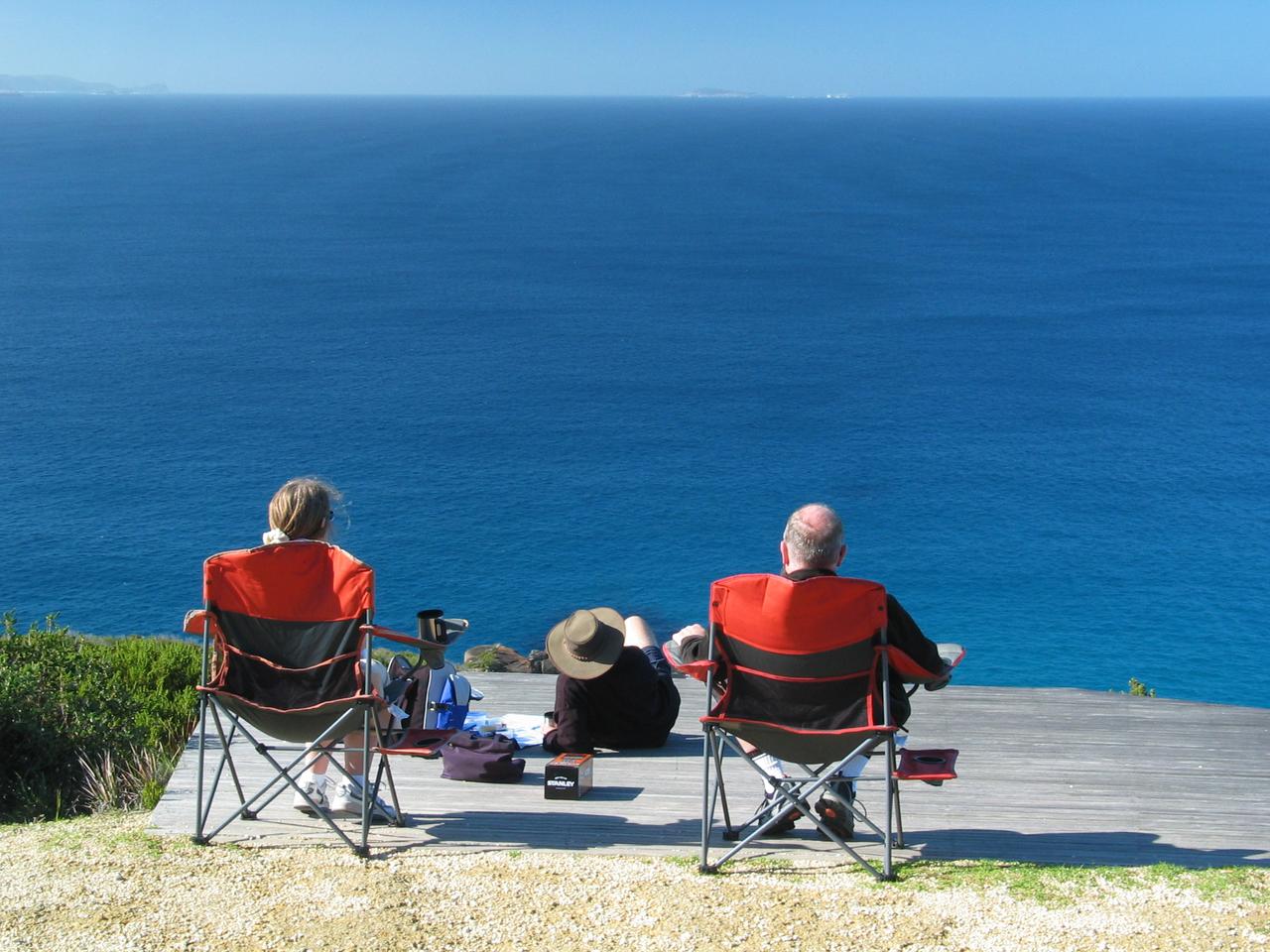Hello hello hello!!!
I’m back in the developed world, trying to remember the meaning of the funny colored lights with the stick figures in them, and so on.
Brace yourselves, this is gonna be a long one. There are several reasons why it’s long, but if I listed them here it would be longer still, so let’s just get on with it.
The Situation
After a somewhat slow start, and despite much unfavorable weather, my 23 days in the Cook Islands turned out so well that I almost wept upon having to leave. Heck, I’m almost weeping right now. It was so so amazing. Rarotonga, Aitutaki and Atiu are completely different experiences, all worthwhile and all like nothing I’ve seen or done before. Which perhaps means I should get out more...
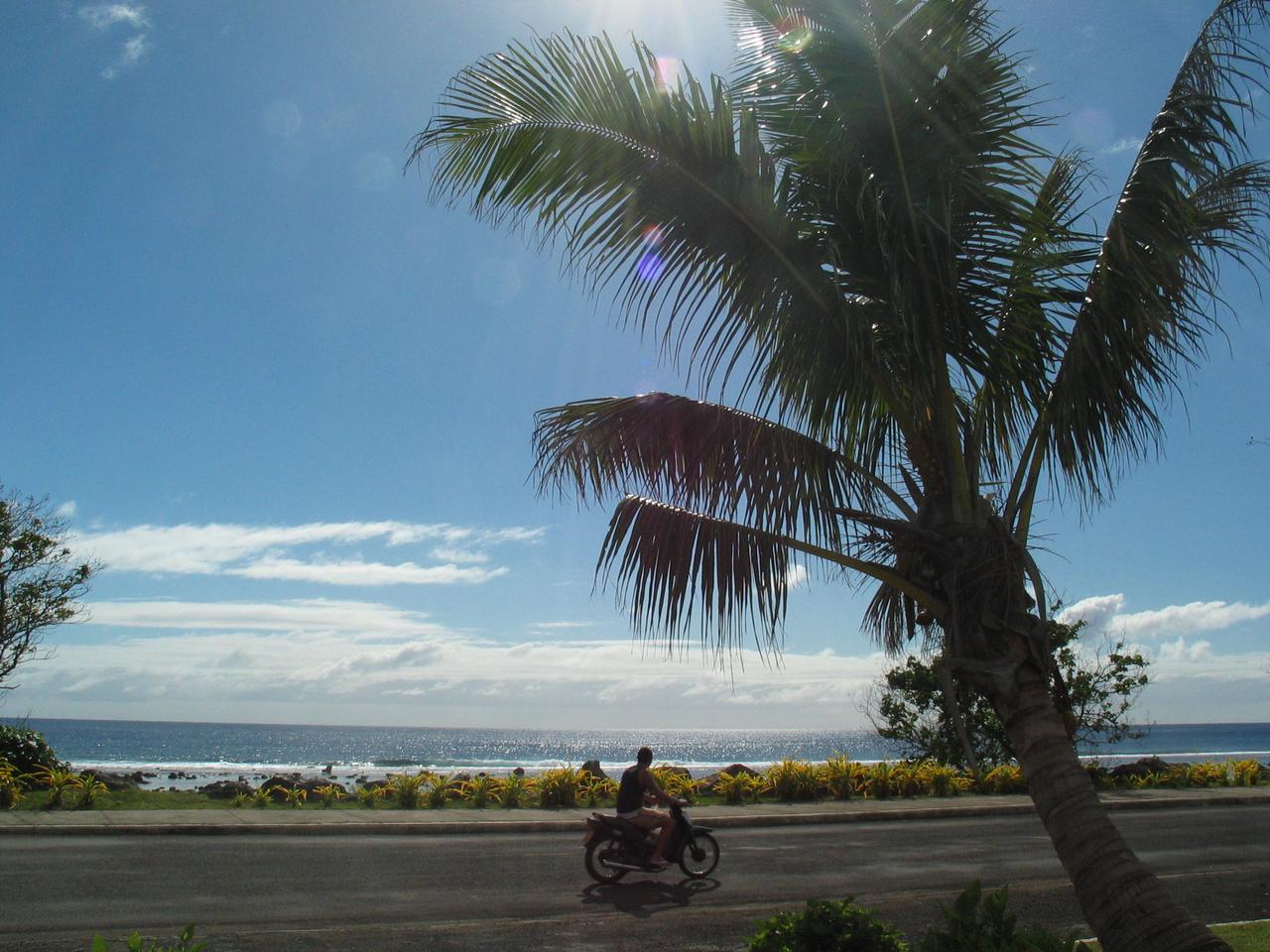
Now I have a couple of days to play around in Melbourne, and then it’s back to the holy-moly land, landing some time early in the morning on July 12 (this coming Tuesday).
Island Life
It’s funny how your scale of reference changes on the islands. When I first arrived in Rarotonga, many things about it seemed very small and/or undeveloped (like the pre-cast huts used as government offices). But after a while on the smaller islands, Rarotonga starts to feel like Tel-Aviv, and Papeete seems as big as New York (Papeete, at 150,000 residents and 1,200 km away, is the capital of Tahiti and the closest city of any size to Rarotonga).
Rarotonga’s airport is about the same size as Israel’s terminal 2 (the domestic terminal). By the time I flew out of the islands, it seemed downright massive. The terminal in Aitutaki is a biggish straw hut. The one in Atiu is only a roof, smaller than that of a petrol station, where the passengers (up to 15) and their escorts and friends and kids (up to the entire 600-strong population of the island) wait to say farewell and/or welcome the new arrivals with flower necklaces. On the Atiu flights, you can see right into the tiny cockpit - I liked that initially, then decided that some things are better not seen, like how the pilot opens the sports section of the newspaper and starts reading for much of the flight. (I heard that on a separate occasion, the pilots got tired of the sun’s glare, and placed a shade-screen over the entire cockpit window. Now that’s reassuring...)
Getting back to Melbourne, there was some adjusting to be done (why are people in the streets ignoring me when I smile at them?)
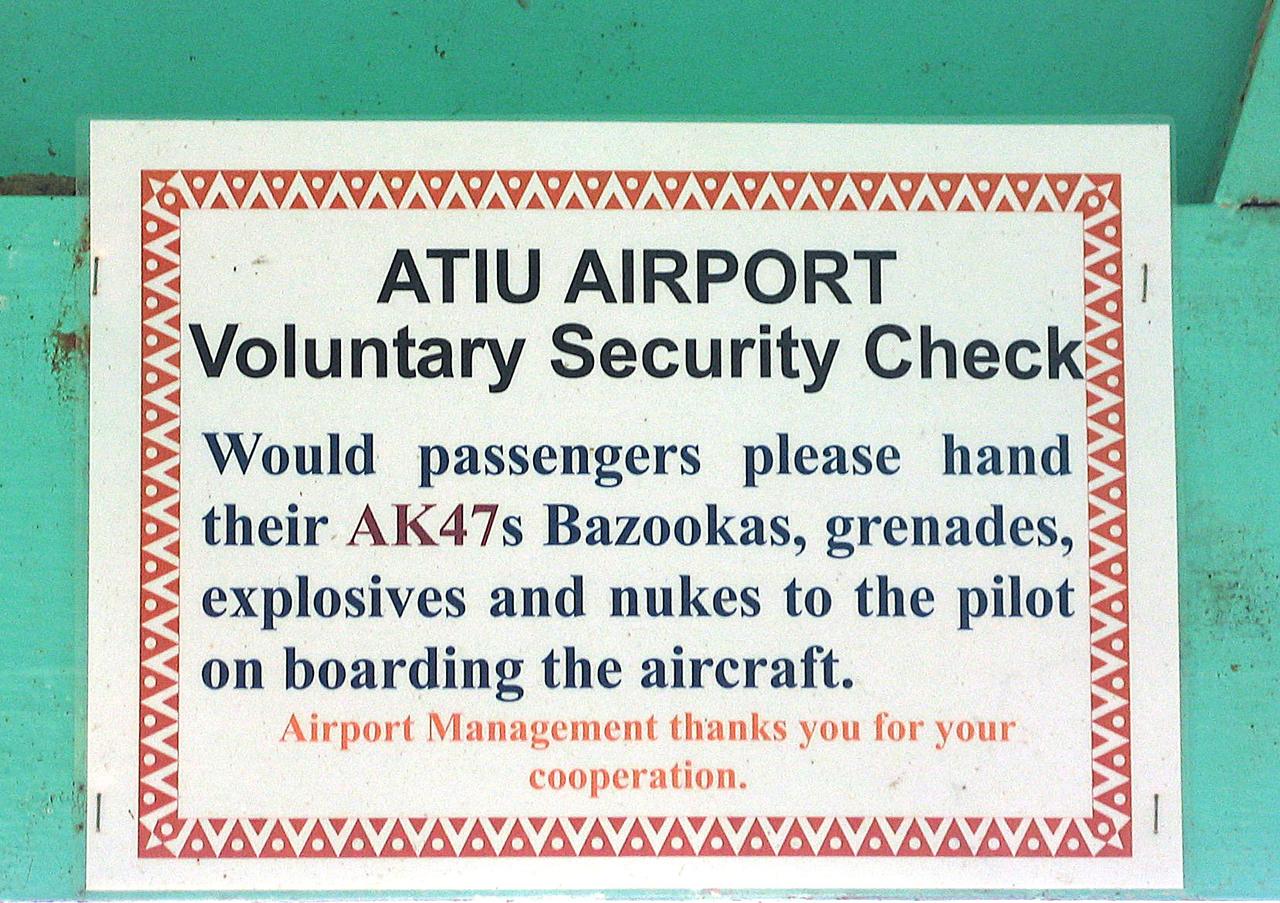
Island Television
Rarotonga has one TV channel. Watching it can be hilarious (and often was). Now objectively, I’m betting that if every 9,000-inhabitant neighbourhood in the west started its own TV station, most of them wouldn’t be much better. Still, it’s hard not to smirk when you see the weather map drawn in pencil on a sheet from a math notebook, or when you watch those high-quality ads for the island’s high-quality businesses (Just Arrived - a new container of baby clothing from NZ!!! Are you sick of your clunky old DVD player? Get a brand new state-of-the-art Mustek DVD!)
The programming itself is all taped shows from TVNZ or the ABC (the Australian answer to the BBC). On Sundays they put on a series of American televangelism programs - usually with a black preacher, presumably because he’s less likely to spout racist bull along with the rest of his junk.

(By the way, isn’t it ironic that European missionaries reached the most remote corners of the planet to spread their gospel, and now the islanders and Africans and the like are all good Christians, while at the same time interest in religion in Europe is disappearing faster than fresh pawpaw at an Island Night feast?)
On Aitutaki they also have one TV channel, but they’ve opted out of the Rarotongan programming. Instead, they pick up and rebroadcast a television station out of Papeete, which is good for Looney Toons and for American sitcoms dubbed into French (a language that nobody on Aitutaki understands). On Atiu, they just put up individual satellite dishes and watch CNN or the ABC or whatever they want.
Island Food
I could write a whole article about this, but here’s just the highlights (or rather, the low points...)
The locals in the Cooks still grow or catch much of their own food, so they have a reasonable Polynesian diet of taro, yams, bananas, pigs, chicken, and fish, supplemented by some western groceries. But for some reason, the local food is usually unavailable for purchase by visitors, who therefore depend almost entirely on the western imports. Among those there is little variety, and most of it is awfully expensive and/or low-quality.

This is not a problem for rich tourists and honeymooners who normally eat in restaurants, but it’s a pain in the butt for budget travelers - they end up eating almost all carbohydrates, since fresh fruit and vegetables and meat are often out of reach. After three weeks of pasta, rice and toast, my systems were protesting loudly, and one of the first orders of business in Melbourne was to buy a bunch of fresh fruit and veggies and rustle up a huge salad.
On Rarotonga there’s good choice of canned meat and fish, plus a usually okay selection of fruit and vegetables. Sometimes you can get fresh milk, and excellent cheap Tip Top ice cream from NZ is widely available. On Aitutaki you can still get ice cream, but fresh milk is off the menu unless you get real friendly with one of the local goats. On Atiu, visitors usually import their own food. Vegetables are a rarity, dairy products are a non-starter, and when I was there they had a mix-up with the flour shipments so there was no bread to buy anywhere on the island. The hostel’s guest book has a lot of comments from hungry tourists (who still loved the place).
Even given the starting materials, many people in the hostels aren’t making much effort to eat properly, and are often satisfied with having a can of spaghetti for dinner. I was earning a reputation as an established chef thanks to such innovative dishes as home-made chips (fries), instant chicken-noodle soup, and rice with mushrooms...
Lately, the locals aren’t having the best of time with their food either - there’s few tropical fruit, since the cyclones destroyed all the crops, along with the taro plantations (taro is a root crop, basically a tropical potato but it looks and tastes very different). Also, there’s much fish poisoning, so eating fresh fish from the lagoon isn’t always a good idea.
Fact
When you use a Swiss army knife to punch a hole in a coconut, the procedure affects not just the coconut...
I had quite a few drinking coconuts on Aitutaki - it makes much sense there, since coconuts are very abundant while good-quality tap water is pretty scarce.
Atiu
I thought I could make travel plans for Atiu like you do for other destinations - cave tour, bush-beer session, some beach time, etc. Well, it doesn’t work like that. At all.
Arriving at the hostel, I set out to see what the place looks like. I’d gone about 20 meters before a group of kids called out to me to play soccer with them. After the game, with my city-slicker feet bruised and bleeding, I followed a ten-year-old friend named Junior to his house to meet his grandma. Afterwards there was a dance practice, with the island’s musicians and dancers getting ready for the big competition in Rarotonga in August. It was amazing to watch - not as professional as the tourist shows, but it just feels different when you know they’re doing it for themselves and not for you. I had to leave halfway through to walk Junior home, but there was another three-hour practice the next day. On the last day there was a local fiber-arts event, and later a village dance-party, which we left in a hurry after the mayor of the island, all drunk and disorderly, tried to hit on my Kiwi-German (German-Kiwi?) companions.
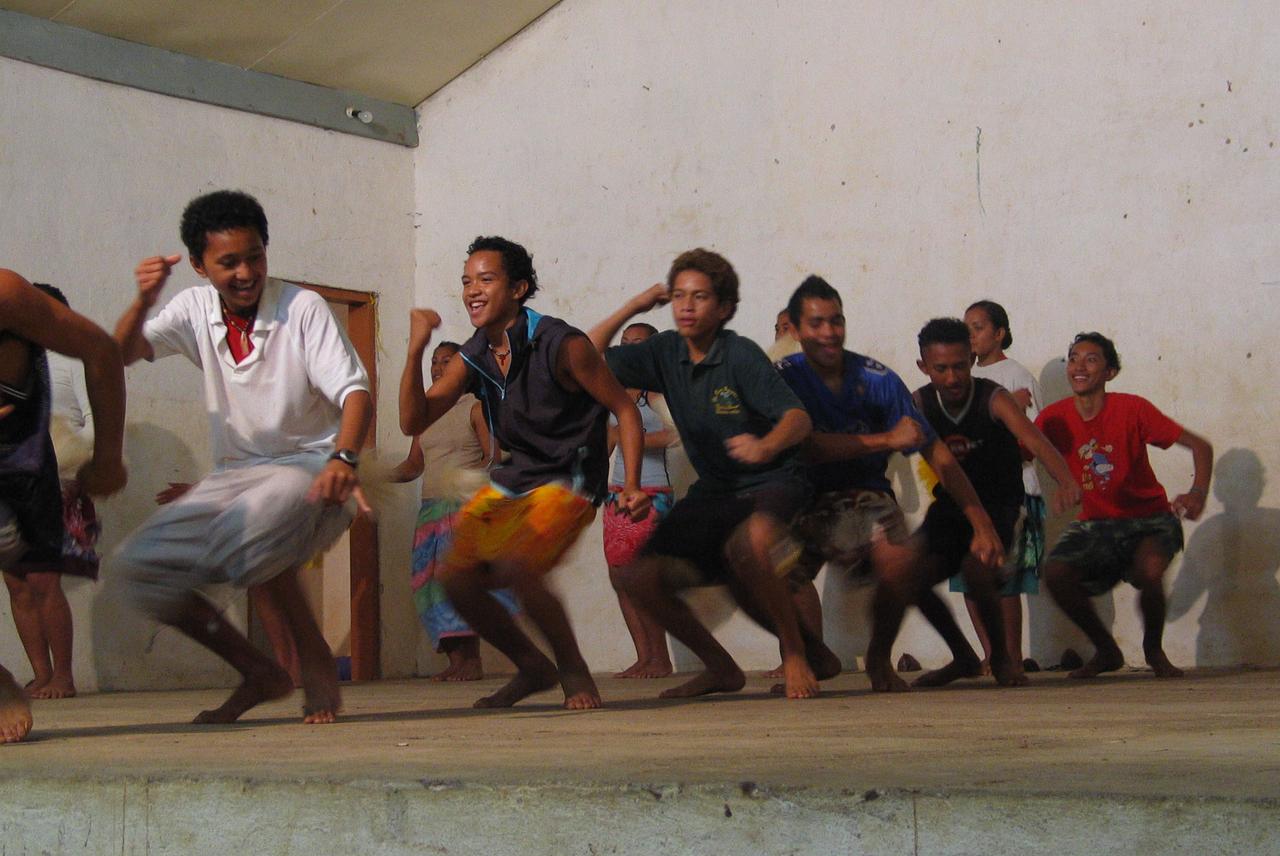
As for the normal tourist attractions, most were aborted due to almost-nonstop rain...
During my stay, the number of tourists on the island ranged from three to a grand total of five. Visitors are certainly not unheard-of here, but they’re few enough that each one becomes a minor attraction. I would just sit at the hostel door (hiding from the rain), and the kids would come up, sit down (or hover around), and ask all sorts of questions. Also, since the people here do the kind of work that puts food on the table but not money in the bank, our little effects and gadgets are a big source of fascination. It’s amazing how much fun can be had with tweezers, or with earplugs, and just imagine the possibilities opened up by a digital camera...
Chickens on Atiu are communal - if you can catch one, you can have yourself a chicken dinner. Interestingly, though the place is swarming with hens, chicken eggs have to be imported from NZ - the local birds roam free across the island and nobody can find where they lay their eggs. The many roosters are by far the most annoying creatures on the island (the mosquitoes can’t compete) - they scream their little lungs out all the time, day and night, rain or shine. One visitor promised in the guest book to return the island - with a shotgun...
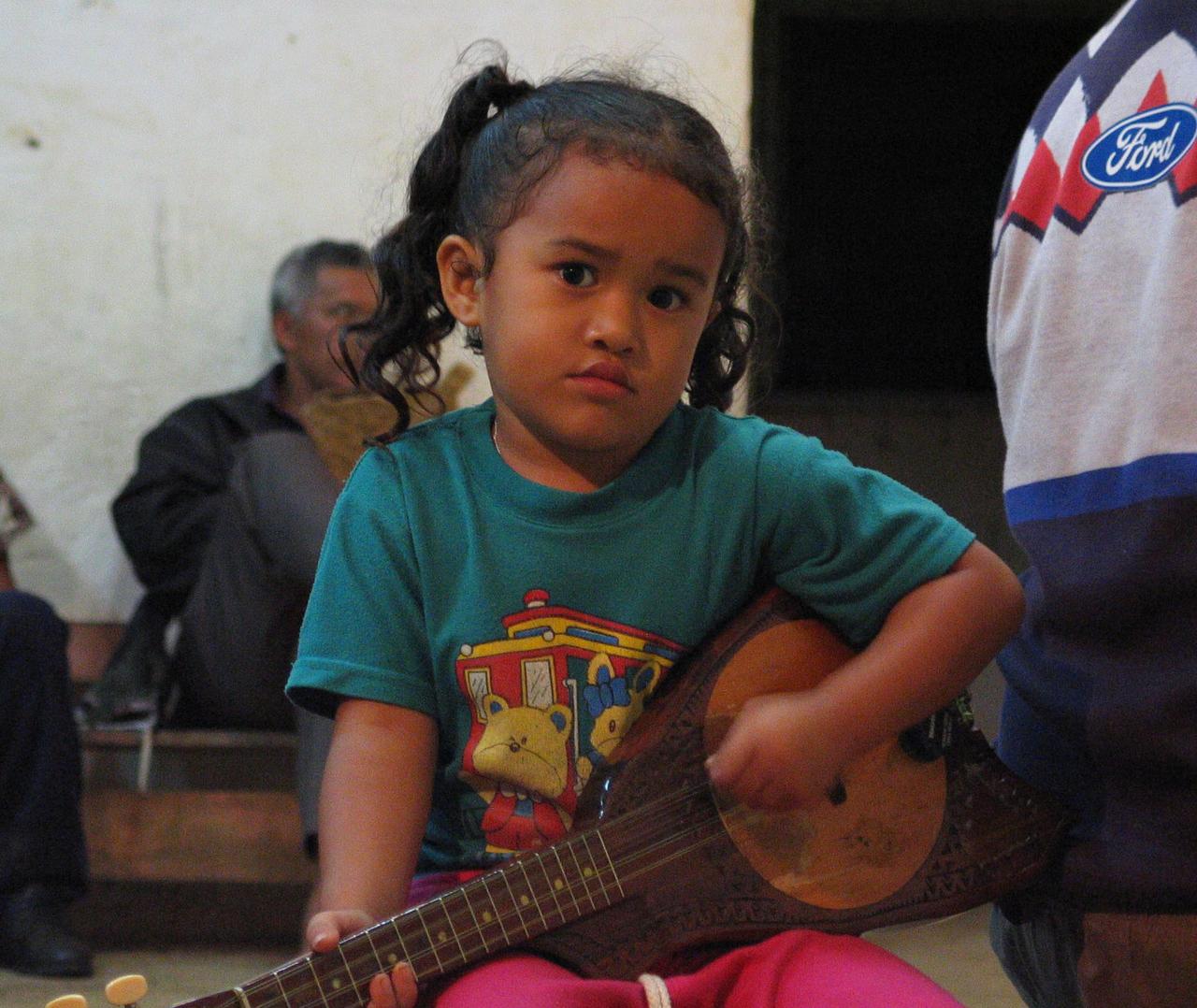
Guest Workers
So, in what way are the Cook Islands and Israel the same? Both countries import workers from the Philippines. But In the Cooks they are treated with a lot more respect - first, because of the different nature of the host society, and second, since the Filipinos in the Cooks are employed as Catholic bishops rather than as construction workers.
Crabs
My attempts to gather seashells on Aitutaki were frustrated - the shells are all occupied by hermit crabs. On any beach, stand still for a few seconds and you’ll see them crawling around you.
The crabs come in all sizes, and one wonders - how do they find the appropriate shell? They can’t grow it, they have to find a vacant one and jump inside. I think I saw something that provides a clue to the answer. At one place on a deserted motu (islet) in Aitutaki lagoon I saw dozens of crabs, big and small and medium, in a big heap crawling over each other’s shell as if examining it. Now it might have been a big crustacean orgy, but it looked more like a market for trading used shells. If that’s the case, then crabs find their shells in much the same way that backpackers find their cars.
Some crabs have abandoned the traditional seashells and have made their home in the lid of a Coca-Cola bottle. I wonder where they stand in the crabs’ social hierarchy - are they respected and envied, or are they the subject of jokes all over the island?
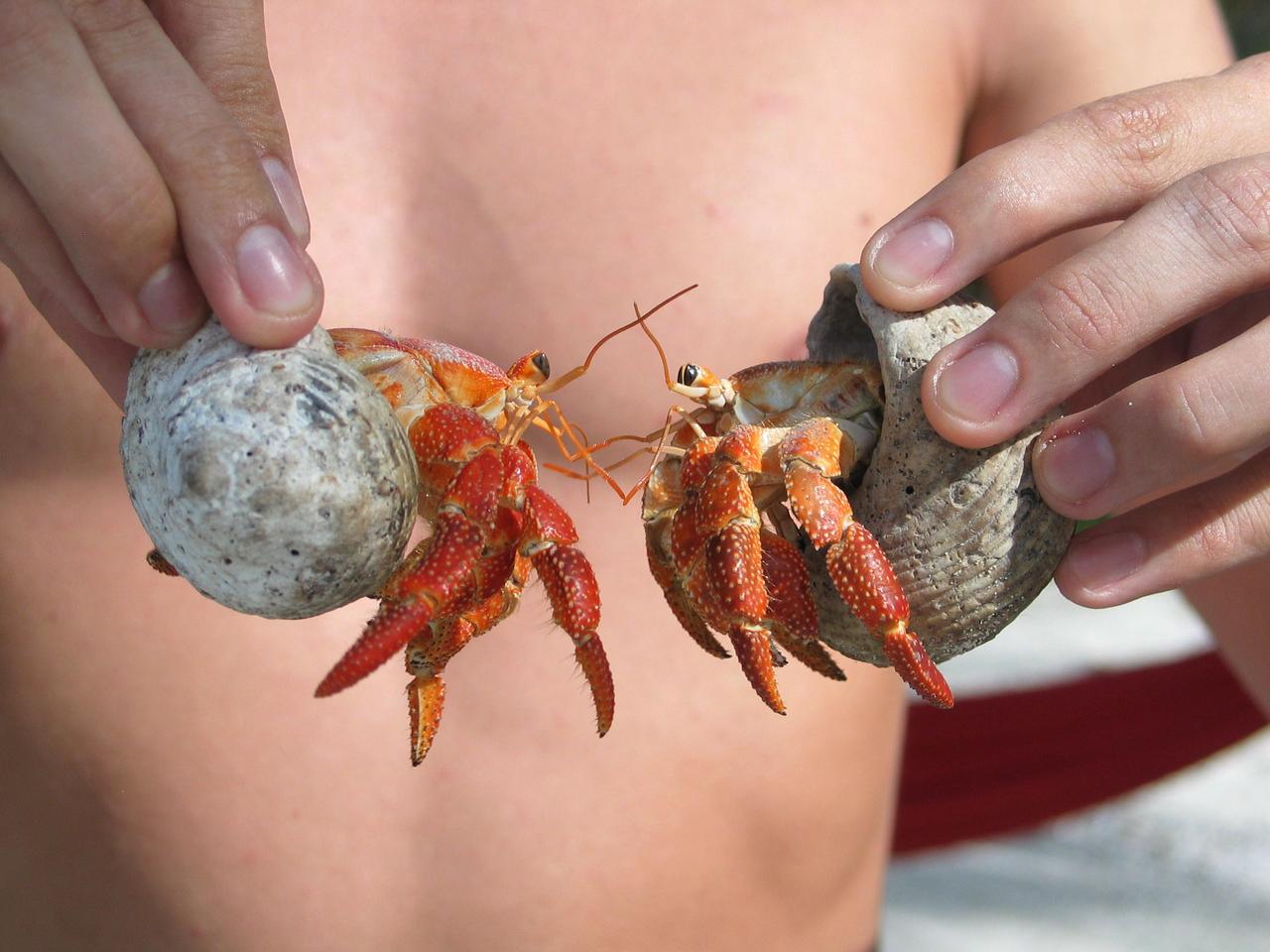
The Booze
And so, after 28.5 years, somebody finally got me drunk. All it took was the right company, the right occasion, and two glasses of rum-and-Coke.
I wasn’t really very drunk - just laughed a lot and walked funny and held nonsense conversations with another mildly pissed bloke. On a scale of 0 to 10, I reckon I was about 3 or 4. The rest of our 10-person troupe (three poms, two Kiwis, three yankee girls, a Scottish deer-stalker and myself) was also about the same, except for the young English lady who organized the binge and presided over the drinking games. She ended up probably closer to 8, with no memory of most of what happened that evening. When we went to the club to dance, a two-person “security detail” of relatively-sober people watched over her the whole time, to prevent her being picked up and whisked away from the club by some suspicious character.
As a social phenomenon, British drinking culture is as strange and fascinating to me as any Polynesian dancing. An example of the difficulty in understanding it was the following mini-conversation we had in Franz Josef, NZ, with a Welsh guy who had spent the day downing beer after beer in front of the hostel’s television:
WG: Come on, let’s go to the pub.
RM: Okay, which one?
WG: There’s only three.
I thought at first that I was having some communication problems, what with the Welsh accent and all. So a few minutes later we had the exact same conversation again, and then I remembered. Brits do not go to a pub - they go on a pub crawl. You go to one place, have a drink (or more), then hop over to the next pub and do exactly the same, until you pass out, or somehow manage to make you way home. Now, since alcohol in pubs is expensive, and the main objective is to get very drunk, budget-minded backpackers often start by buying cheaper booze in the liquor store and having a few drinks at home before heading out. That’s what we were doing in Raro, and by the time we set out everybody was as wasted as they ever got that night.

What I Miss About Home
Well, I miss my family and friends, but that goes without saying.
Or does it?
I asked some people who’ve been away for twelve months, or twenty months, or five years, and they often say that there’s not much left back home to be missed. It seems that living thousands of kilometers away from your parents and from where you grew up is almost standard practice in the west. I guess in Israel we’re still a rather traditional tight-knit society in that respect.
I also miss mom’s food, though I’ve been eating rather well for most of this trip, and I don’t think we’ll see a rerun of the famous “schnitzel incident” from 2000...
What else?
- Sunsets on the beach at The Camel pub in Haifa, eating expensive snacks with my feet buried in the sand
- Rollerblading trips in Tel Aviv (since Haifa and skates are mutually exclusive, unless you’re a mental case)
- That incredible hot chocolate cake in the cafe in Stampfer St. in Netanya, mmmm...
- Shopping for stuff without wondering how I’m gonna fit it all in my backpack
- Being awed by scenery or nature that, at this point, I’d not even bother looking at. This condition is known as travel snobbery, and for Dana and me it was best exemplified by our getting bored with seeing yet more dolphins everywhere.
What I’ll Miss About Traveling
Well, after a while on the road, living any other way starts to seem kinda pointless... How do people put up with all that routine? The Cooks in particular are full of people at the end of long journeys, and depression sometimes runs high.
I think I caught the bug this time even worse than before, and the list of must-see places grows ever longer (apparently Mozambique is very very nice...)
Bibliography
I haven’t been reading that much on this trip - there were so many other things to do (like watching hours of Big Brother, brrr...)
Here are a few books worth reading, which are also relevant to the places we visited.
Guns, Germs, and Steel by Jared Diamond:
This is an attempt to analyze why history and prehistory happened the way they did - for example, why did Europe take over native America and exterminate the inhabitants, instead of the other way around? Of course Europe had all sorts of advantages (such as guns, germs, and steel), but why did they end up having those advantages in the first place?
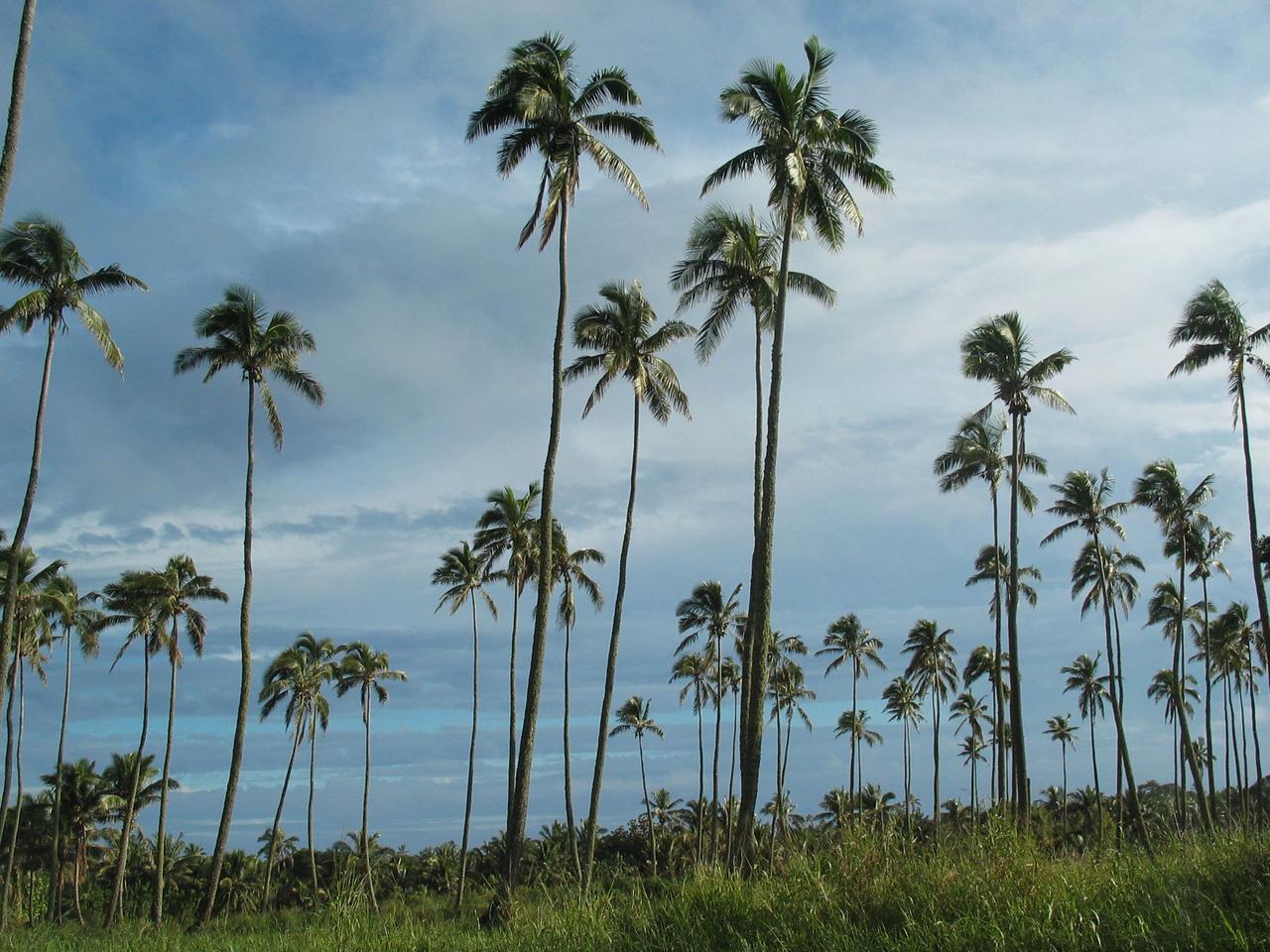
I like this book for two reasons. First, without using humour it makes a joke out of any kind of racist argument. It shows how, in the great scheme of things, different levels of development in different societies arise from environmental factors and generally have nothing to do with one society being “inferior”. Consider this for example: for almost all of human history, Europe added nothing to human civilization, remaining a primitive wasteland while empires rose in Africa and the Middle East and China. So why are some people claiming some kind of inherent European superiority? Take that, Hitler. Take that, Kipling.
Second, the book talks about all sorts of different fields, all of which I found fascinating. You learn some Polynesian history. And how the people of Taiwan spread to occupy just about every island from Madagascar to Easter Island. And what diseases look like from the germs’ point of view. And what happens to wild plants when they become grown as crops. And which of the major inventions in history were “easy” (bronze, pottery) and which were “difficult” (the alphabet, the wheel), and why.
It also got me thinking again about William Golding’s Lord of the Flies. I’ve always had a problem with the book’s message, which is something like “under a thin mask of civilization, mankind is at heart comprised of brutal, savage beasts”. It seemed for a while that Diamond is pointing in the same direction. But that’s not true at all - the mix-up is solved when you remember that much of Golding’s generation still considered non-Europeans societies to be brutal, savage beasts. Diamond represents a more modern, and to me more intuitive, way of looking at “primitive” cultures.
Blue Latitudes by Tony Horwitz:
This is a history of Captain James Cook’s discovery voyages in the 18th century, fused with a diary of the author’s journey to the places Cook visited and what he found there today. It makes an interesting read, and you learn much about Polynesia and the nearby regions.
A word of caution: don’t take his impressions too seriously. Horwitz has an agenda (to dispose of common myths about the “pacific paradise”). If you trust the book, then the Aussies are mostly drunken madmen, New Zealand is a scary place of gang violence and racial hatred, and Tahiti is a depressing slum. Talk about a bad spin...
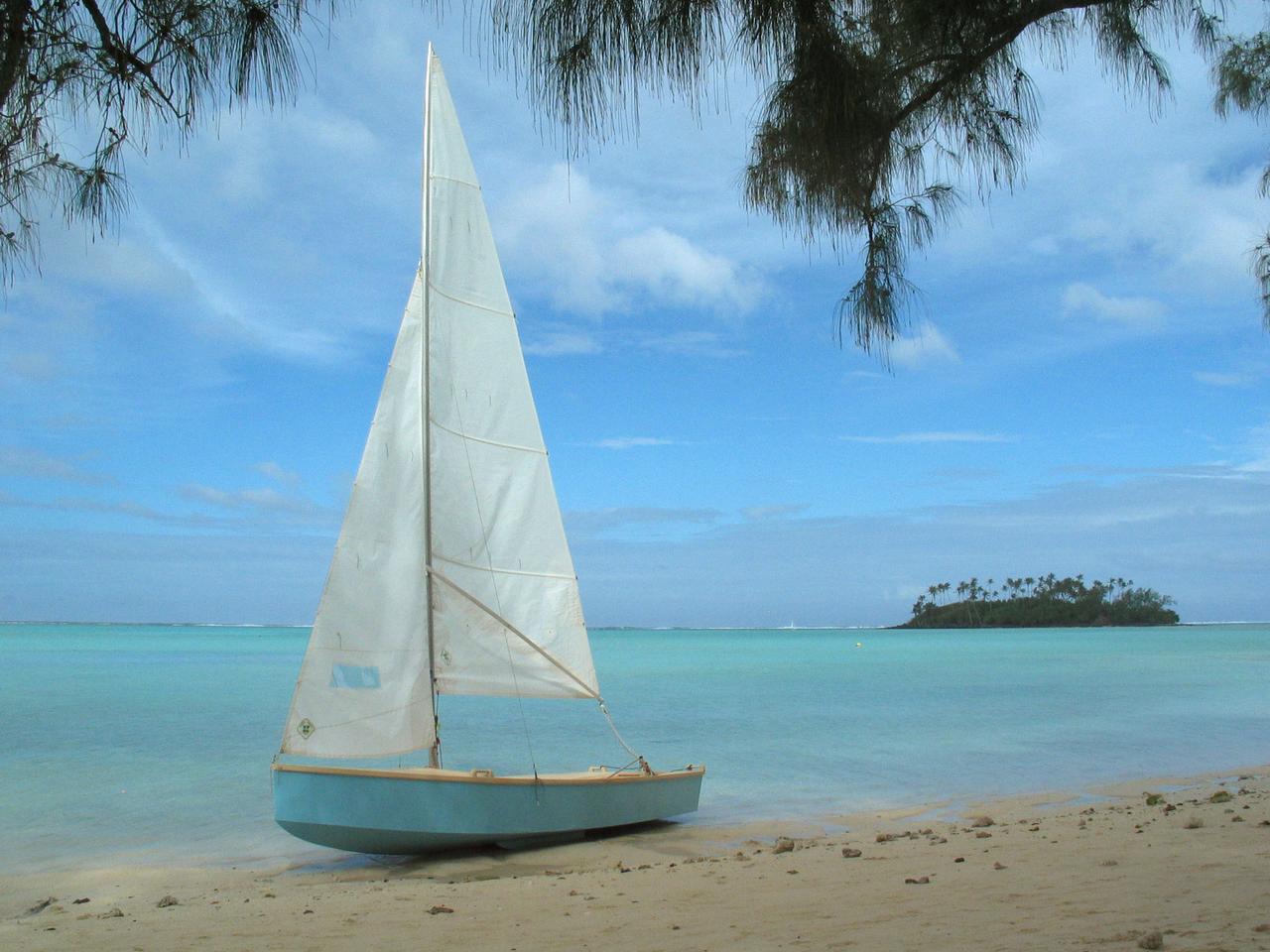
Down Under / In a Sunburned Country by Bill Bryson:
Well, I have yet to read this book about Australia, but it’s highly recommended by everyone who has.
As a bonus, here’s the complete list of similarities between the book and movie versions of The Bourne Supremacy:
- They are both works of fiction in the spy-thriller genre
- They have the same title
- In both of them the main character is called Jason Bourne. No, wait, scratch that. In the book his name is actually David Webb...
Souvenirs
Since my memory is about as reliable as an Indian salesman, it’s nice to have some more substantial souvenirs (in French class they said that “souvenir” means “to remember”).
There are several thousand pictures from this trip, taking up 9 CD’s, and some of the photos are quite nice :-) How I’ll make an album out of all that, God only knows.
There’s a journal, covering two notebooks, but that’s pretty hardcore since much of it is a laundry-list of things we saw and did. It will be more fun to read the email reports - to remember what it felt like, and to recall some of the adventures along the way. So thanks everyone for giving me an excuse to write these reports, with special thanks to those who gave feedback of whichever kind. I’d also like to apologize to anyone who had to use a dictionary when reading them, or who was too lazy and just didn’t have a clue what I’m talking about.

There’s also a small notepad, which started in February as a collection of cooking recipes and embassy addresses, and is now quite full with e-mail addresses, to-do lists and all sorts of scribbles. It too has a shot at becoming a cherished treasure.
Well now, that was the last report - the last one from the road, on this trip. There will be at least one more from Haifa, and after that we’ll see how it goes. Perhaps I’ll start a blog? I never expected to do that, but then there have been several never-expected’s recently, and they tend to turn out quite well.
Bye-bye, and good on ya if you got this far...
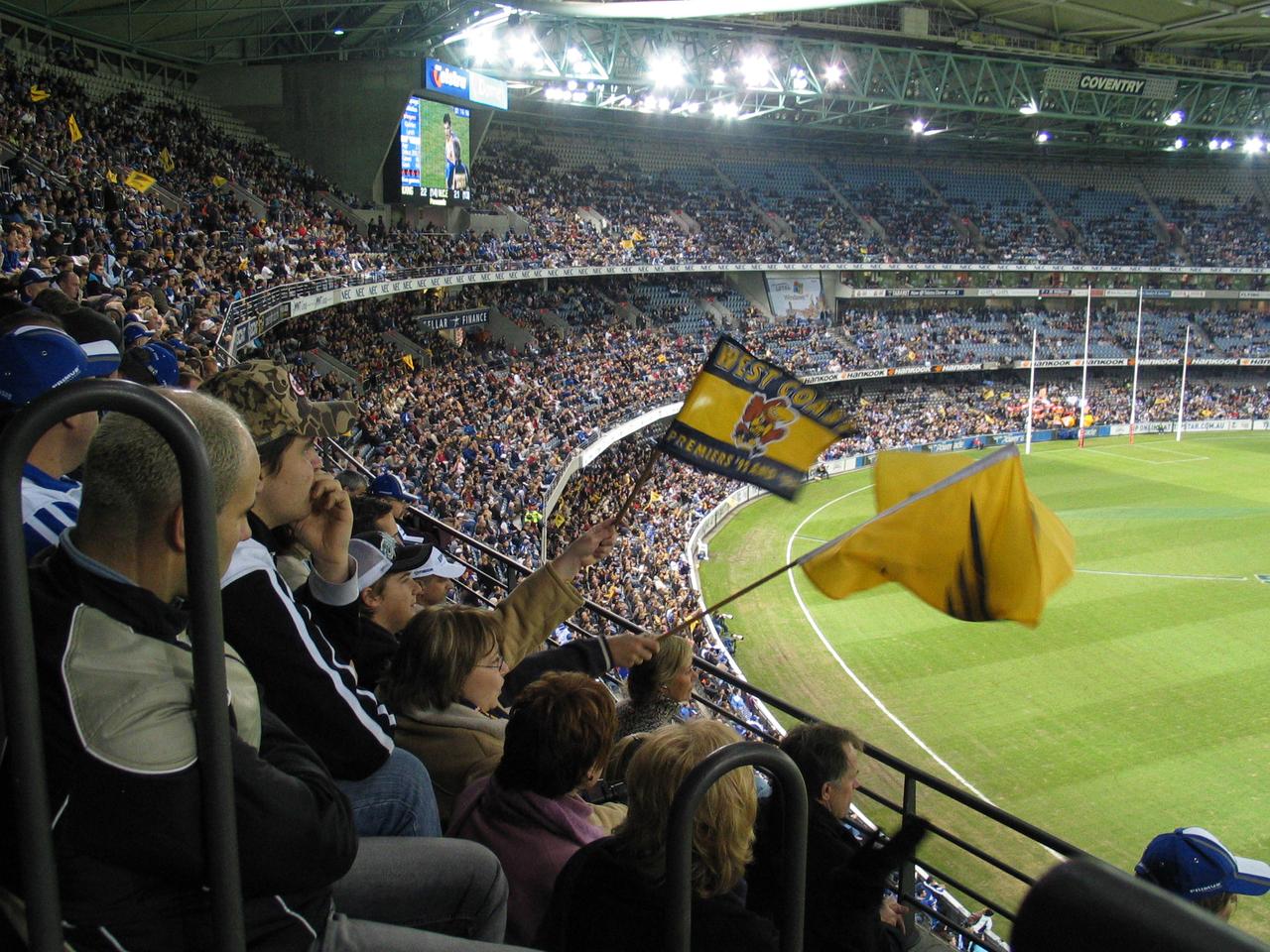
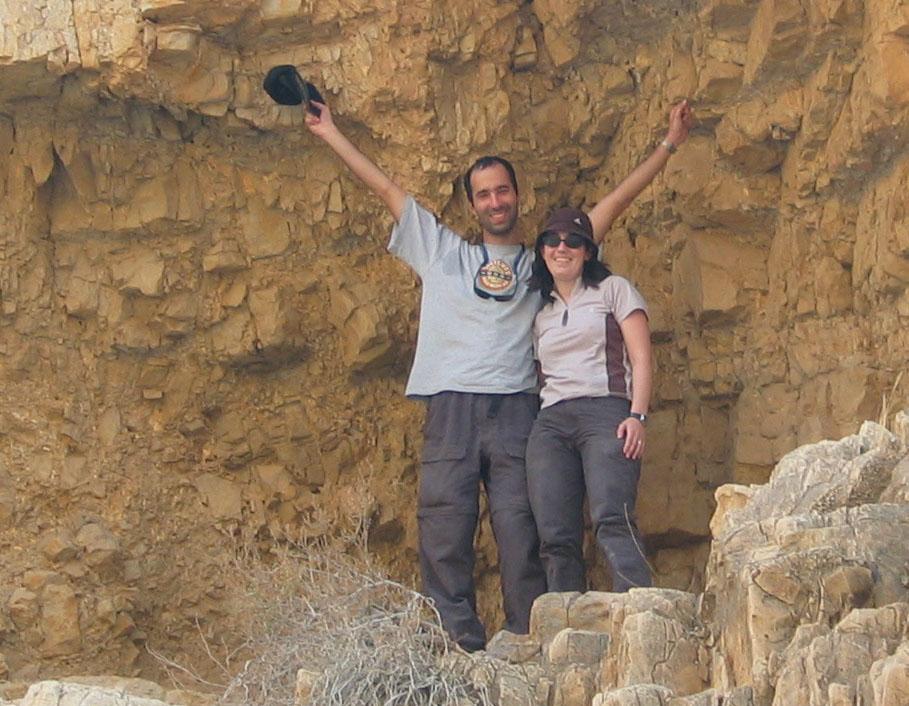
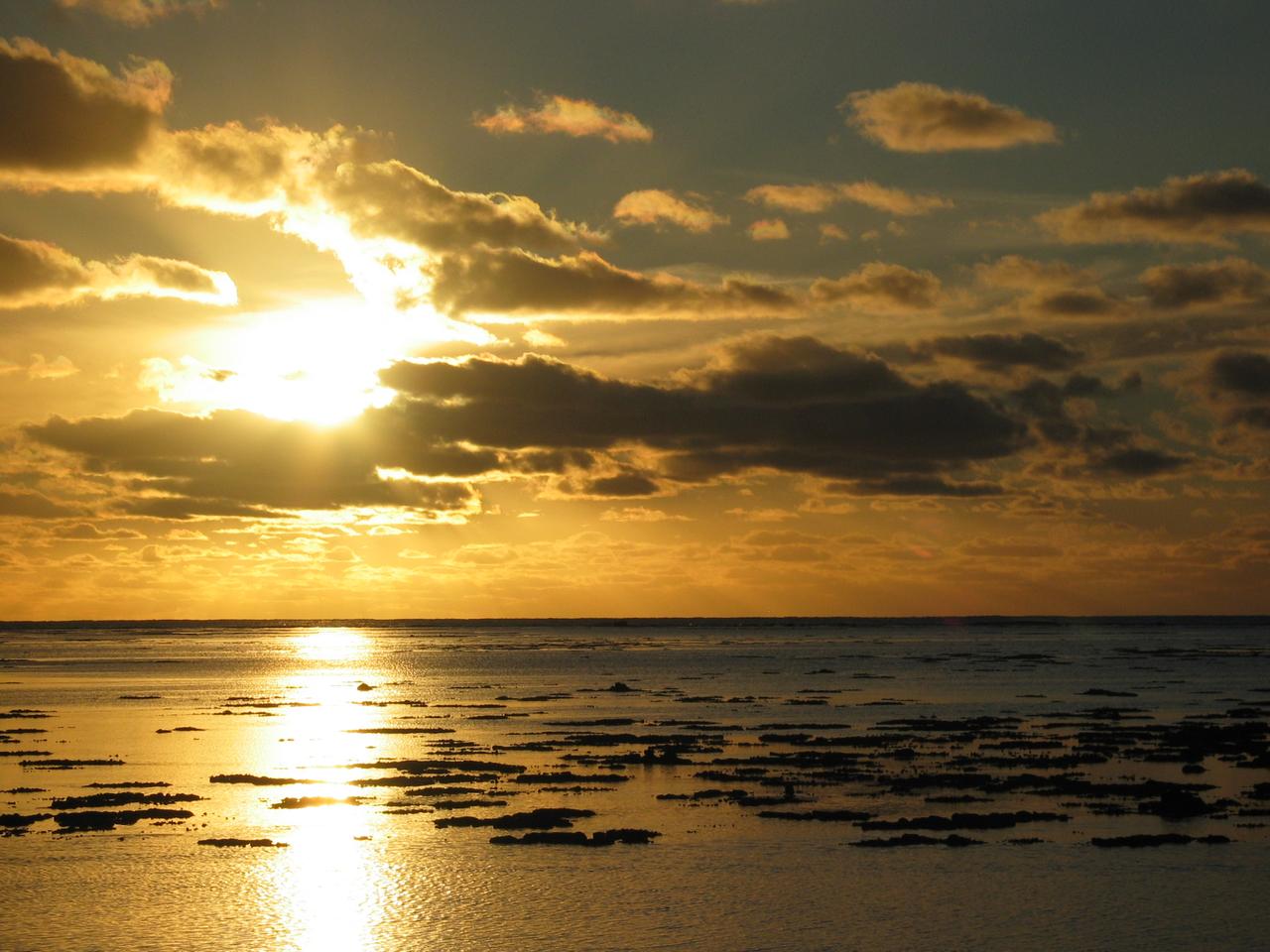












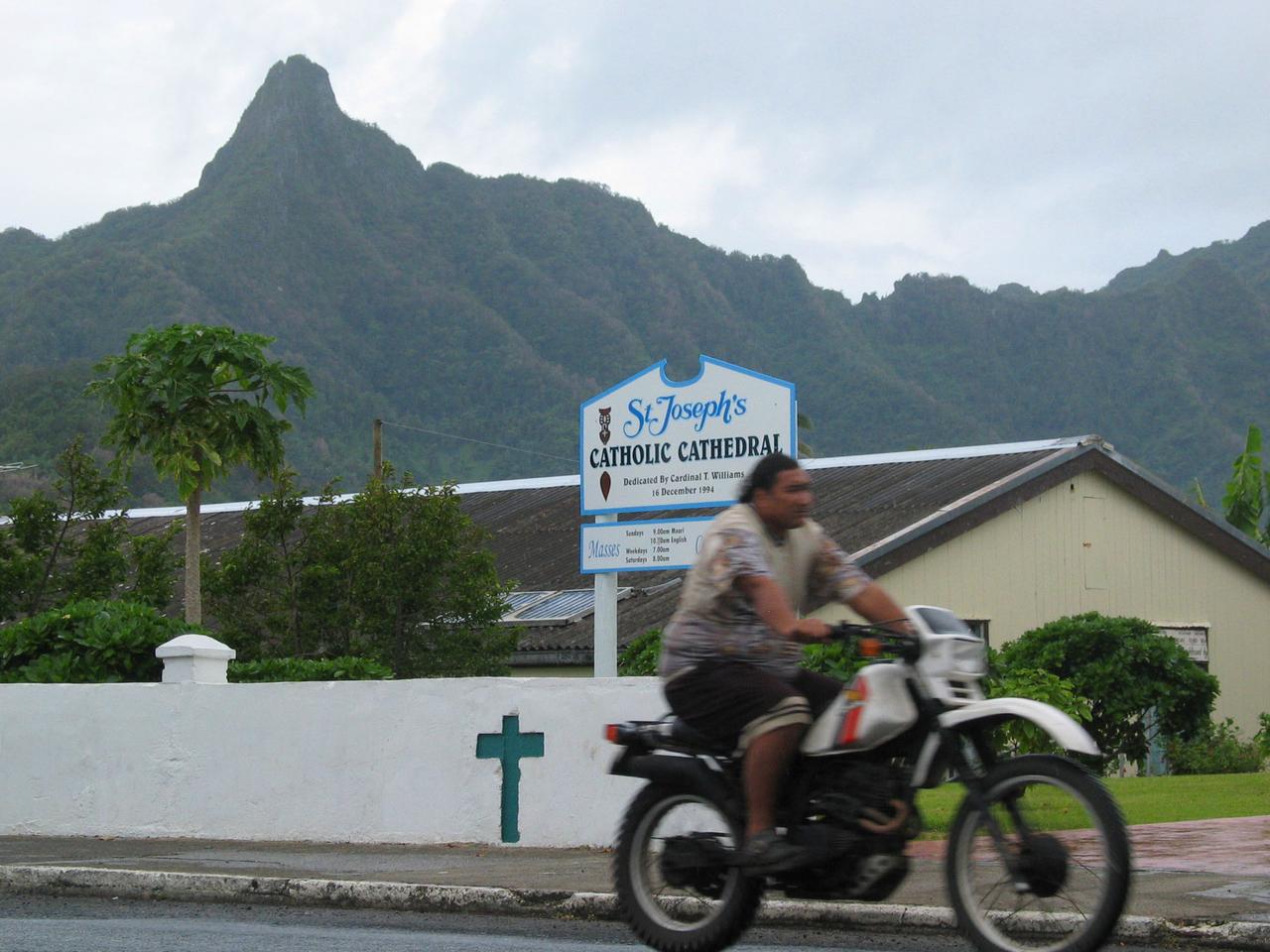
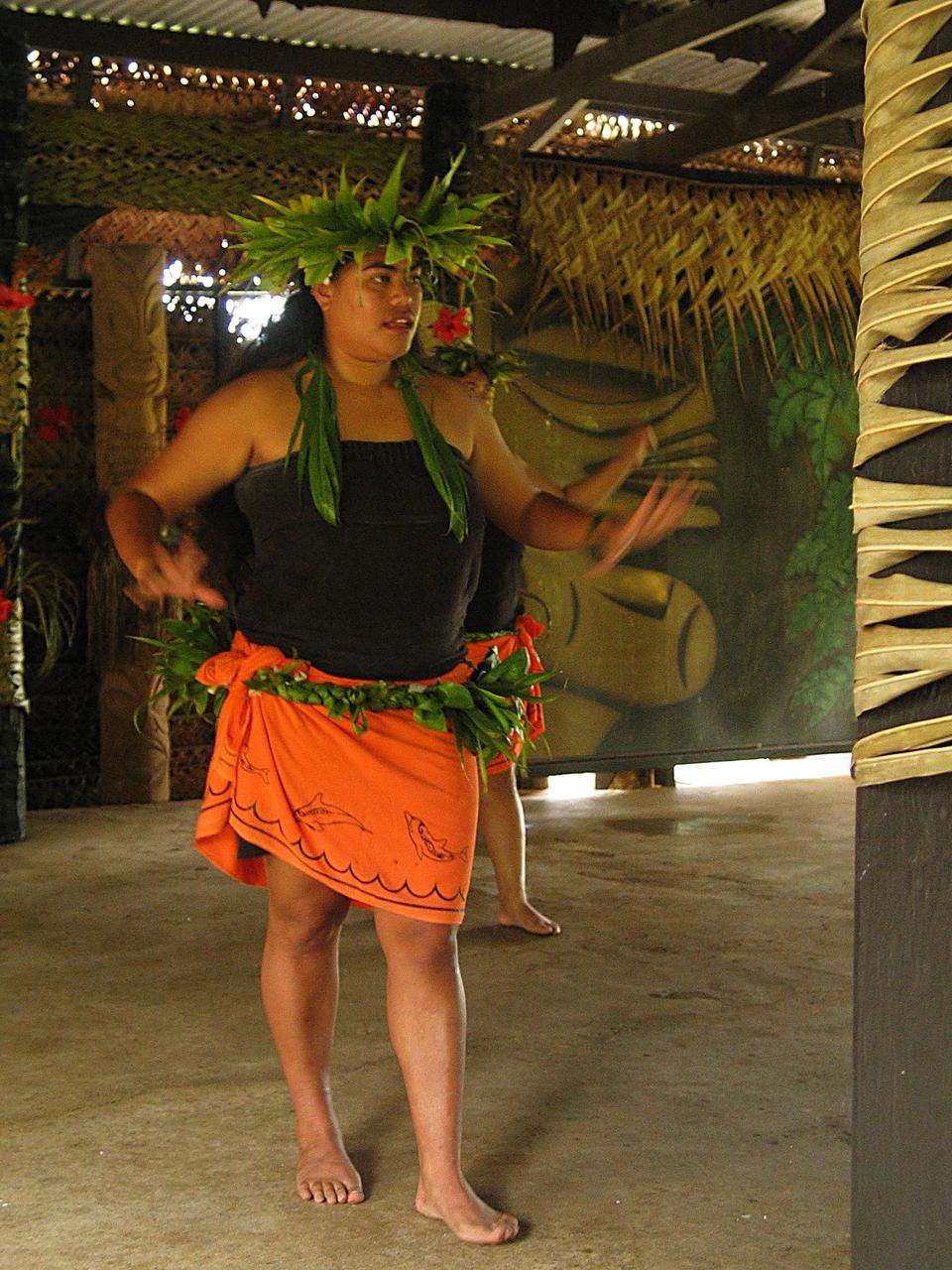

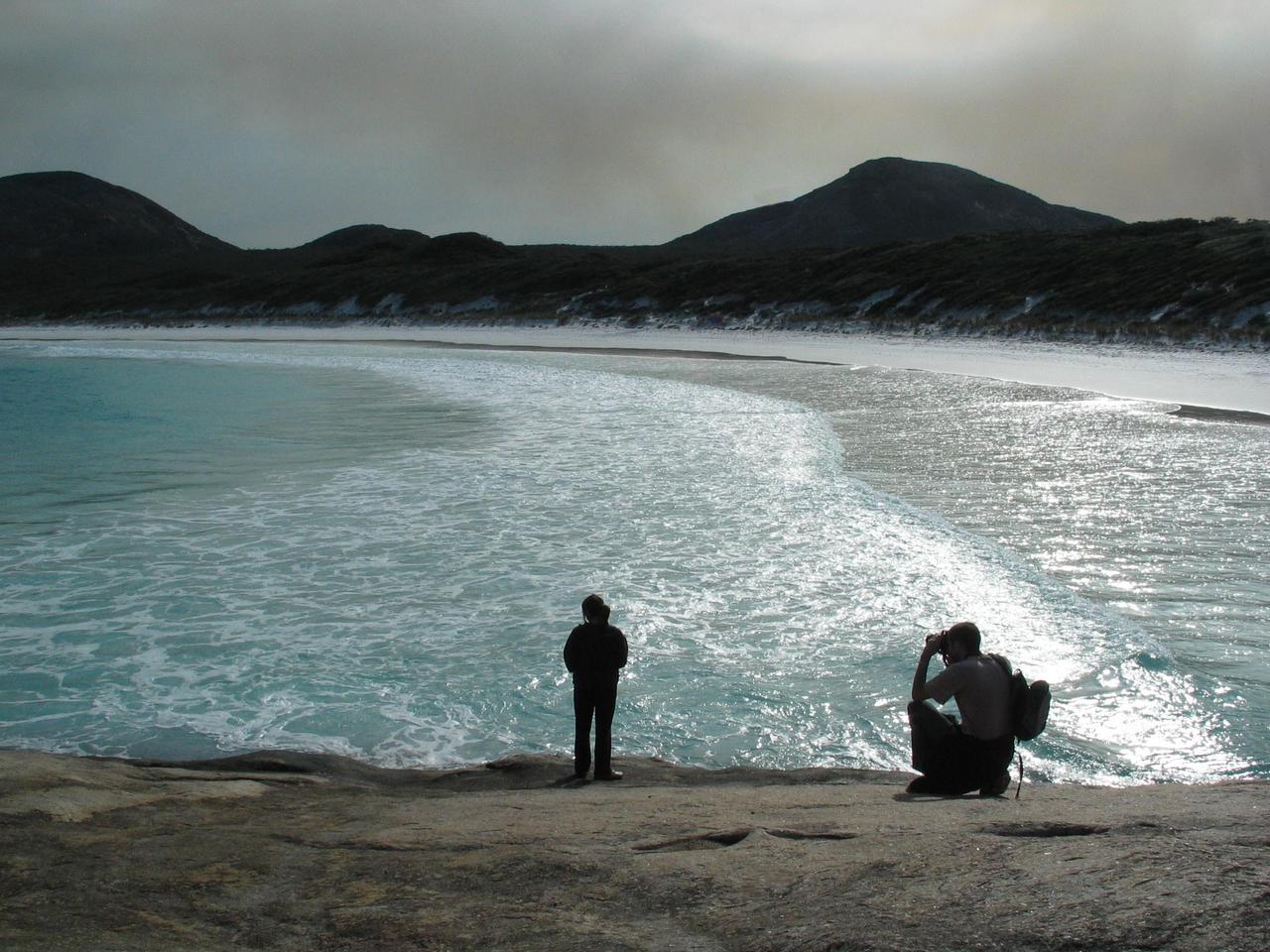 Cape Le Grand
Cape Le Grand
